- Calendar
- Calendar 2026
- June
- Flag Day
Flag Day
On June 14, all across the United States, people commemorate Flag Day. This day celebrates the birthday of the United States flag, which was first adopted on June 14, 1777. This day also coincides with the U.S. Army's Birthday, founded on June 14, 1775.
Flag Day is not a federal holiday in the United States so schools and businesses remain open as usual. However, Pennsylvania is the only state that observes this day as a holiday.
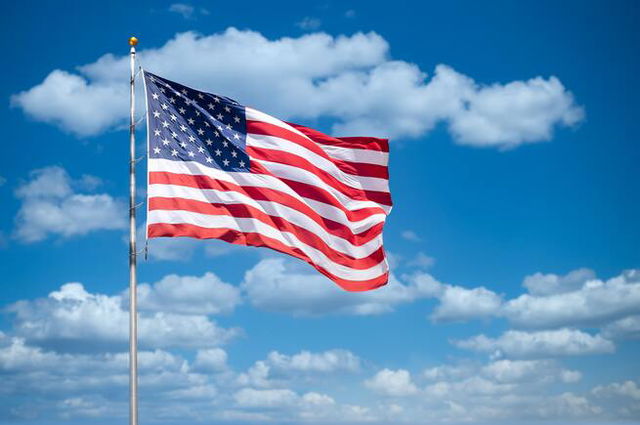
In 1916, President Woodrow Wilson proclaimed a nationwide observance of Flag Day on June 14. However, it was not until 1949 that Congress voted for Flag Day to become a permanent holiday in the US.
Flag Day History: How a Patriotic Teacher Started It All
The first known celebration of Flag Day happened in 1885 when a dentist and school teacher named Bernard Cigrand organized a celebration with his students at Stony Hill School. Cigrand advocated for patriotism and respect for the flag and lobbied with the United States Congress to create an annual Flag Day celebration on June 14.
In 1886, Cigrand wrote an article for the Chicago Argus that proposed the establishment of an annual observance of the American flag's birthday. He is credited by many as being the Father of Flag Day.
Officially, it was in 1916 that President Woodrow Wilson proclaimed June 14 as Flag Day, to be observed every year. Every year, the President in office should call on government officials and U.S. citizens to display the American flags outside buildings and their homes.
The meaning of the American Flag
The American flag can be immediately recognized anywhere in the world. It is also important to learn about each part of the flag which has symbolism and meaning.
- The red and white stripes: Thirteen in total, these stripes represent each of the original British colonies, which were New York, Georgia, Delaware, New Hampshire, Rhode Island Massachusetts, Pennsylvania, Connecticut, North Carolina, South Carolina, New Jersey, Maryland, and Virginia.
- The Stars: Fifty stars on a blue background are found in the top left corner of the flag. This section of the flag is also known as the 'canton'. These stars represent each of the fifty states.
- The colors of the flag carry significance too: blue represents justice, white represents purity, and red represents courage and strength.
- The colors of The American flag also reflect a connection to The United Kingdom and a mirroring of the colors used in The Union Jack (The British flag).
The Evolution of the American Flag
There have been many versions of the American flag, as it has evolved and emerged through the growth of the nation. The US may have fifty states now, but that has not always been the case, and so the flag design we use to reflect this number has only remained the same since 1959, the year that Hawaii joined as the 50th state.
Here are just a few of these versions of the flag through the years:
The Continental Colors/Grand Union Flag- 1775
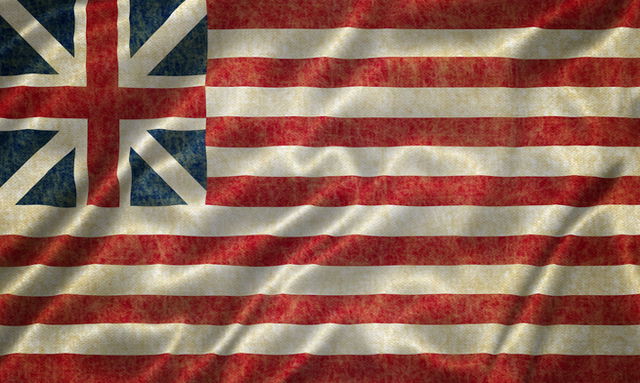
During the American Revolution of 1775, the colonies that were fighting for independence from British Rule each had unique flags and regiments. This didn't give the hopeful country of the United States a sense of unity.
Thus, in June of the same year, the Continental Army was formed to get all the colonists fighting under one banner. To do so, an American flag had to be created. And so, the first American Flag was designed, then named "the Continental Colors".
This flag consisted of 13 red and white stripes representing the 13 colonies and had a Union Jack in the corner. The 13 red-and-white stripes under the Union Jack represented the solidarity between the colonies and the rebellion against British rule.
The Francis Hopkinson- 1777
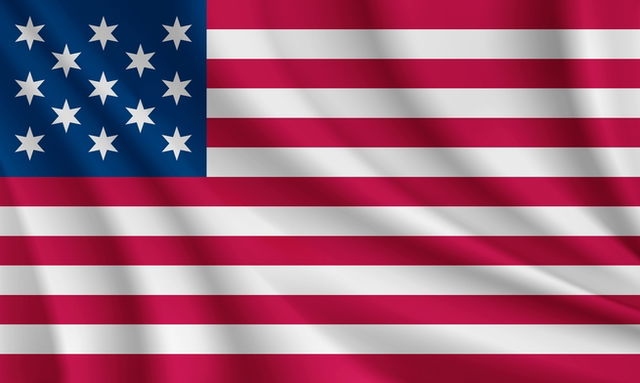
Francis Hopkinson, a delegate from the Continental Congress and naval flag designer, is credited with designing the 1777 flag and so the flag is known informally as The Francis Hopkinson.
On June 14, 1777, the Second Continental Congress declared that the American flag should be 13 red and white stripes, with the union being represented by a constellation of 13 white stars on a blue background. And here the United States flag as we now know it was born. As States joined the newly formed union, stars were added to the constellation.
The Great Star- 1818
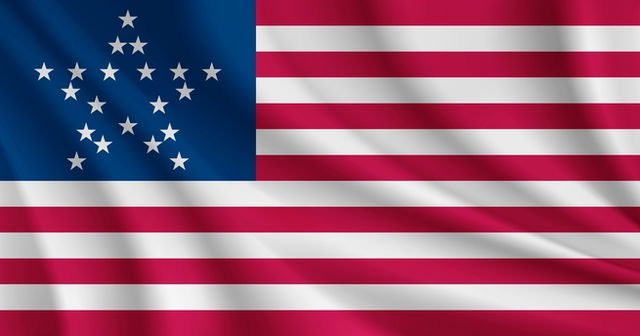
As more States joined the newly formed country, there was a wide variety of different flag designs as people tried to capture the spirit of the growing country. With Mississippi joining the union in 1817, a new flag design was required.
There were many different arrangements, but one of the most popular designs was The Great Star design which was used on naval ships. The flag was not in use for long as the following year Illinois joined the United States and the flag was changed again.
Future flags mostly followed the pattern of parallel lines of stars such as the flag we use today.
Celebrate Flag Day
- Celebrate Flag Day by displaying or waving the American Flag around your house or workplace.
- The National Museum of American History is a website where you can test your knowledge about the American Flag through a fun quiz.
- Many official ceremonies, parades, and concerts are held on this day. Show your true American spirit by taking part in these celebrations.
- You can visit history museums such as The Museum of the American Revolution in Philadelphia which hosts special exhibitions and themed events on this day.
Some Interesting Facts About the American Flag
- The flag is nicknamed Old Glory and Star-Spangled Banner. The latter is the title of America's national anthem.
- Although this is not confirmed, it is thought that Betsy Ross, a seamstress who made the flags for the Pennsylvania Navy, had a hand in creating the design for the American Flag and made the first one.
- Although the Flag started with 13 white stars representing the 13 original colonies of the United States, one star was added for every state that joined the country. The American flag currently has 50 white stars.
- The Flag Protection Act was passed during the Vietnam War making it illegal to burn or destroy the American Flag. However, it was later ruled that this violated the First Amendment.
- The Flag Code states that representations of the American Flag should not be reproduced on apparel items, such as clothing, bedding, or decorative items.
Read about Independence Day to know about its history, significance, and celebration. Independence Day is celebrated twenty-one days after Flag Day and this period is known as 'Honor America Days'.
You might also be interested to know about Army Birthday which is celebrated every year on the same day.
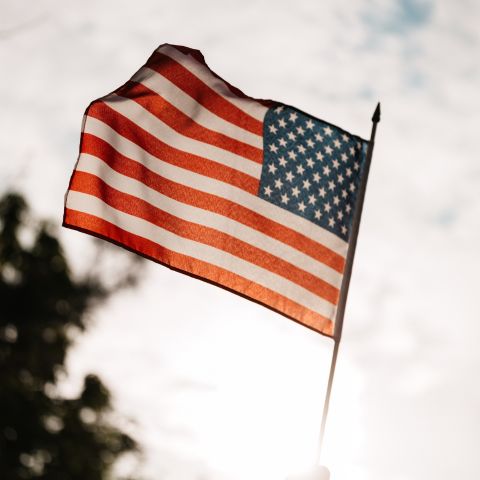
Other Celebrations
-
May 01 Thu
-
May 01 Thu
-
May 15 Thu
-
May 18 Sun
-
Jul 04 FriIndependence Day Holiday
-
Oct 18 Sat

Flag Day - Next years
Monday, 14 June 2027
Wednesday, 14 June 2028
Thursday, 14 June 2029











